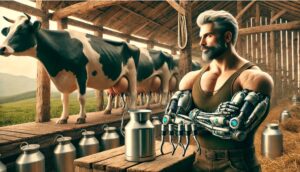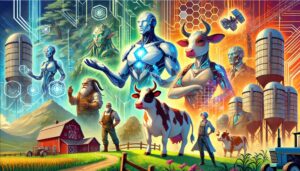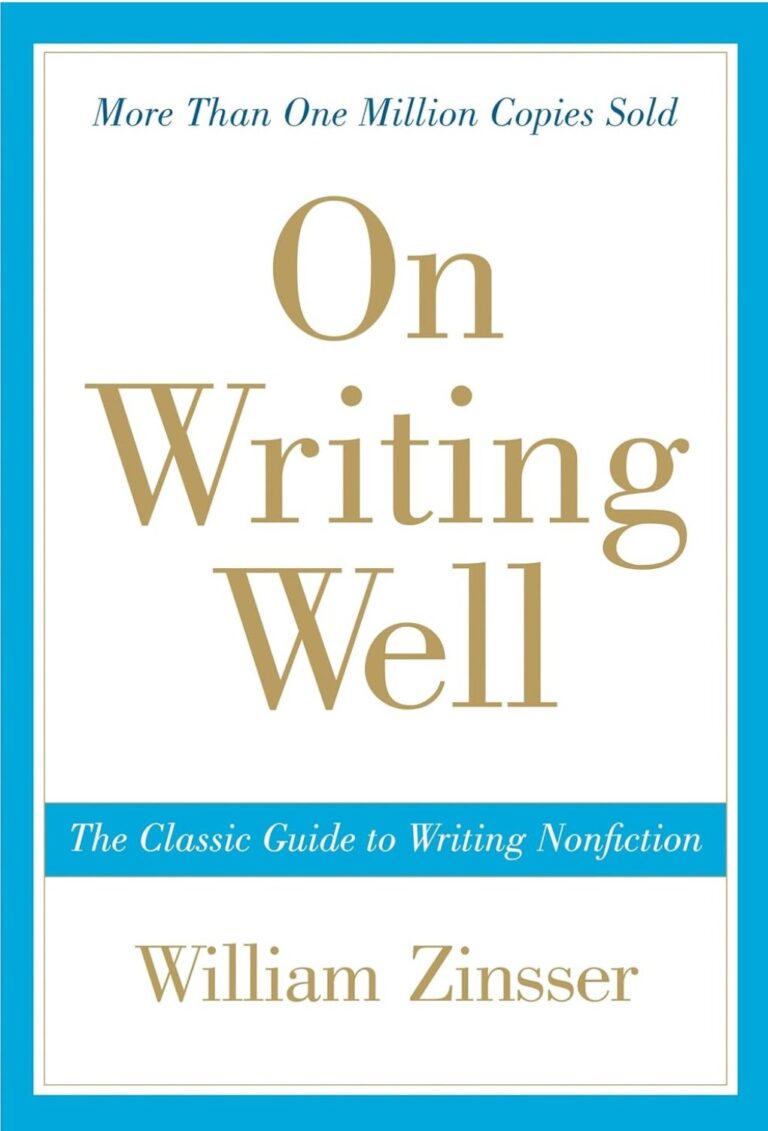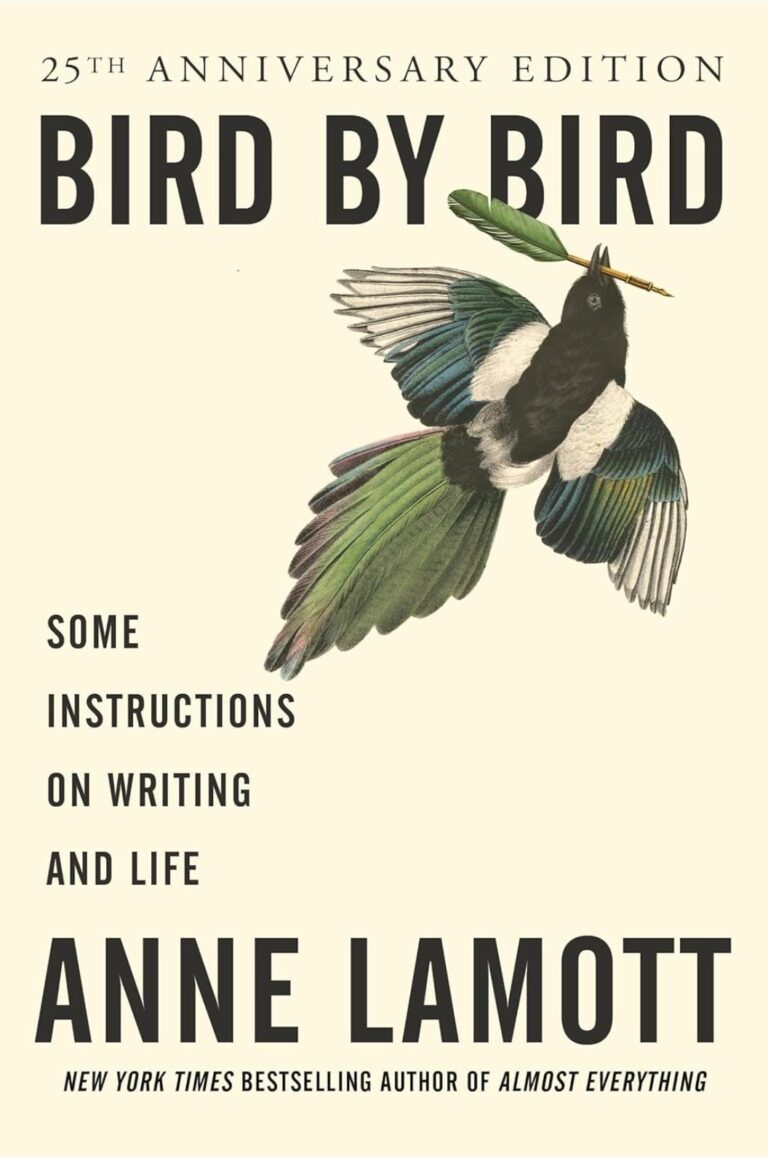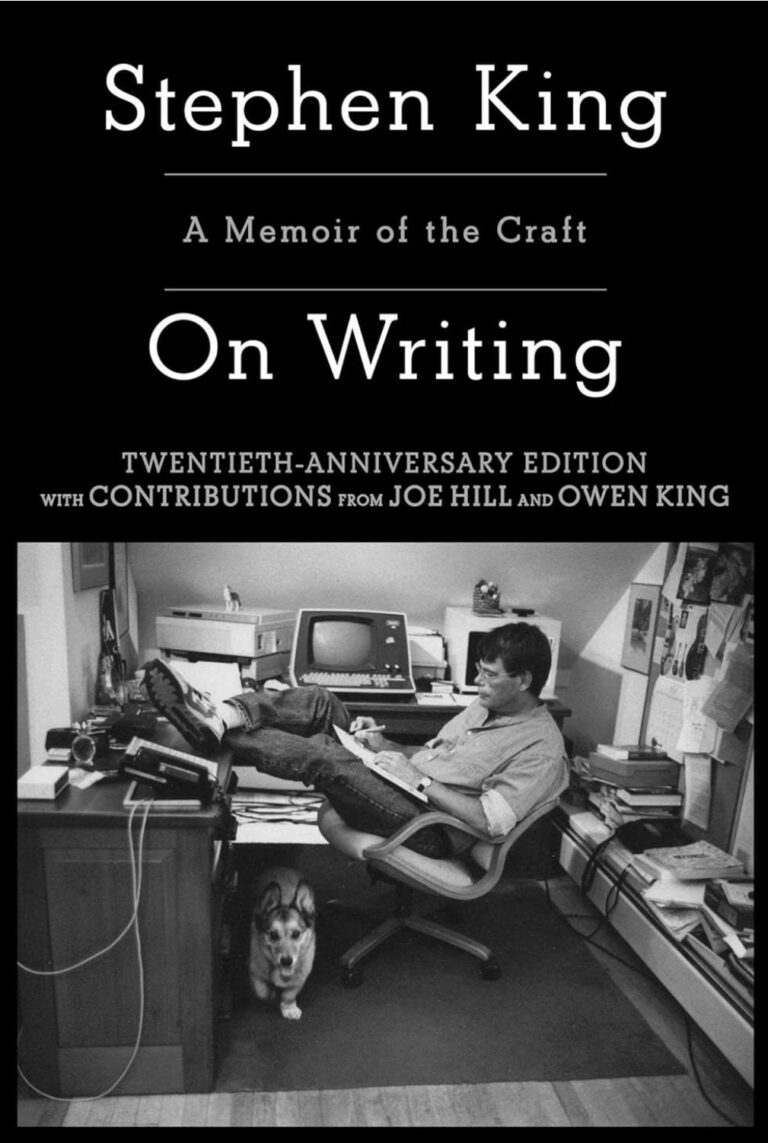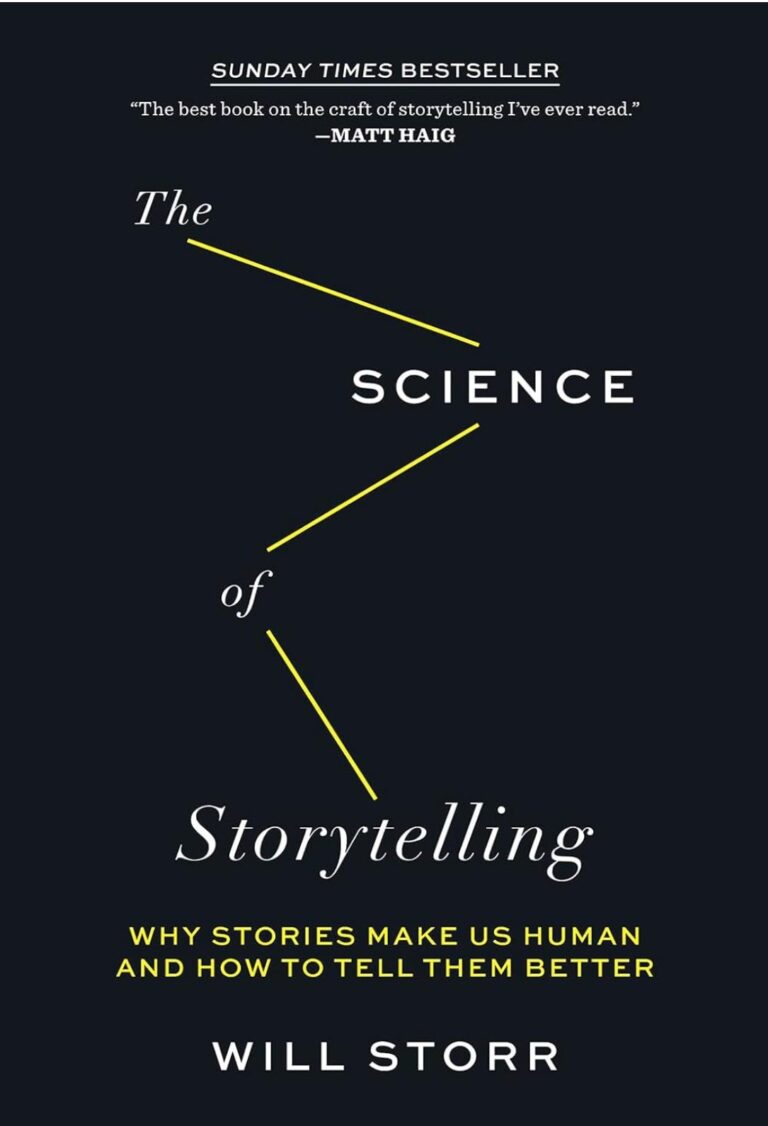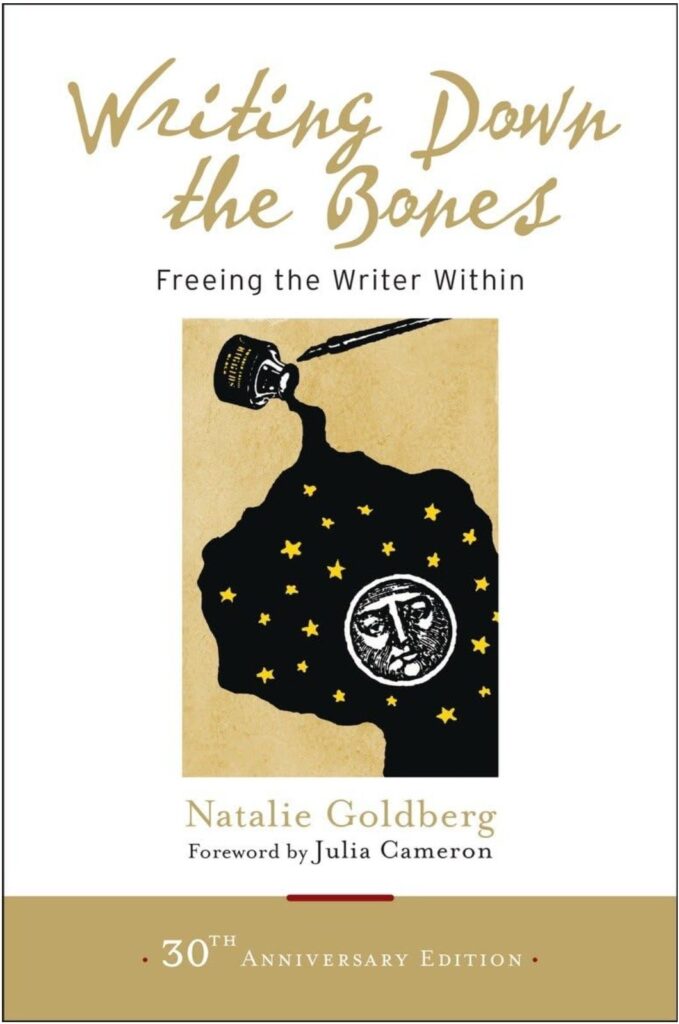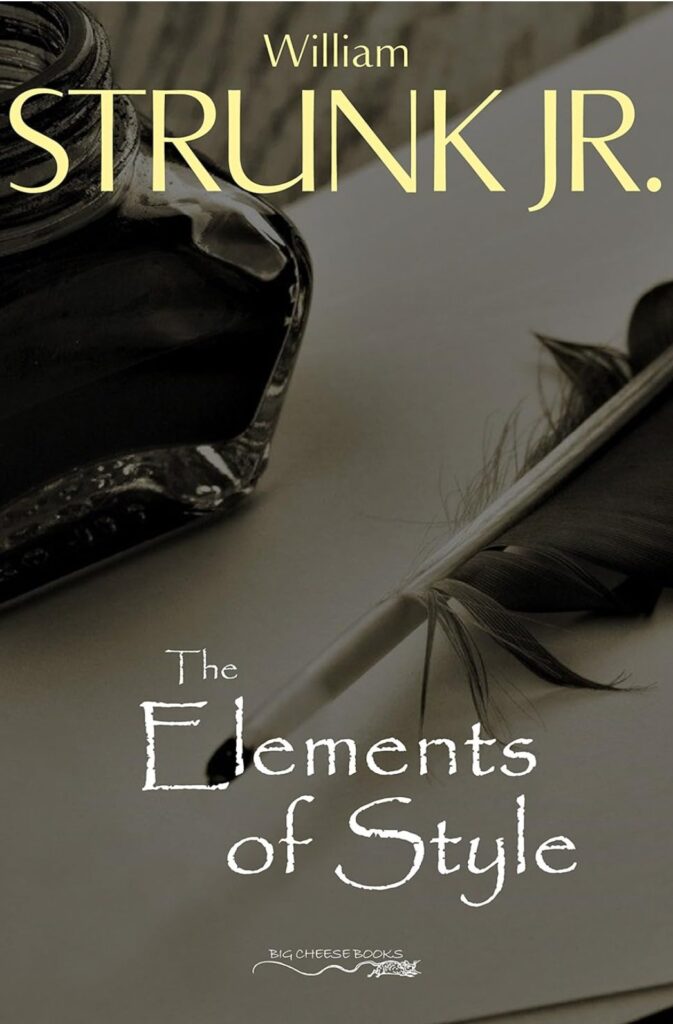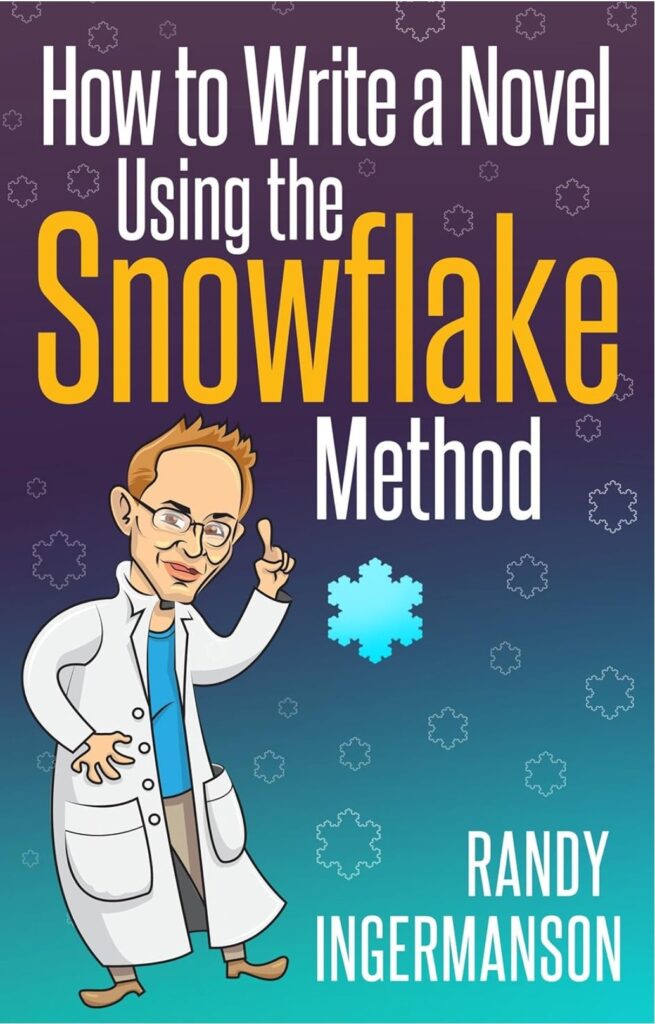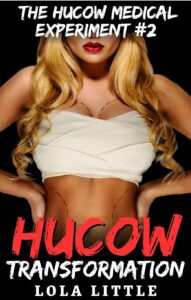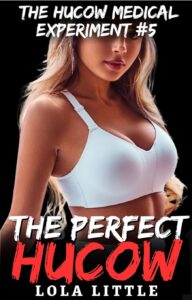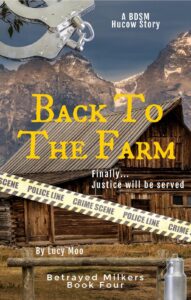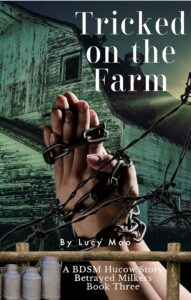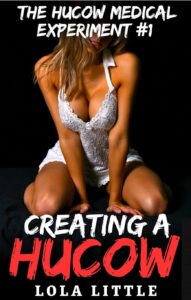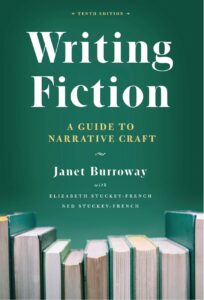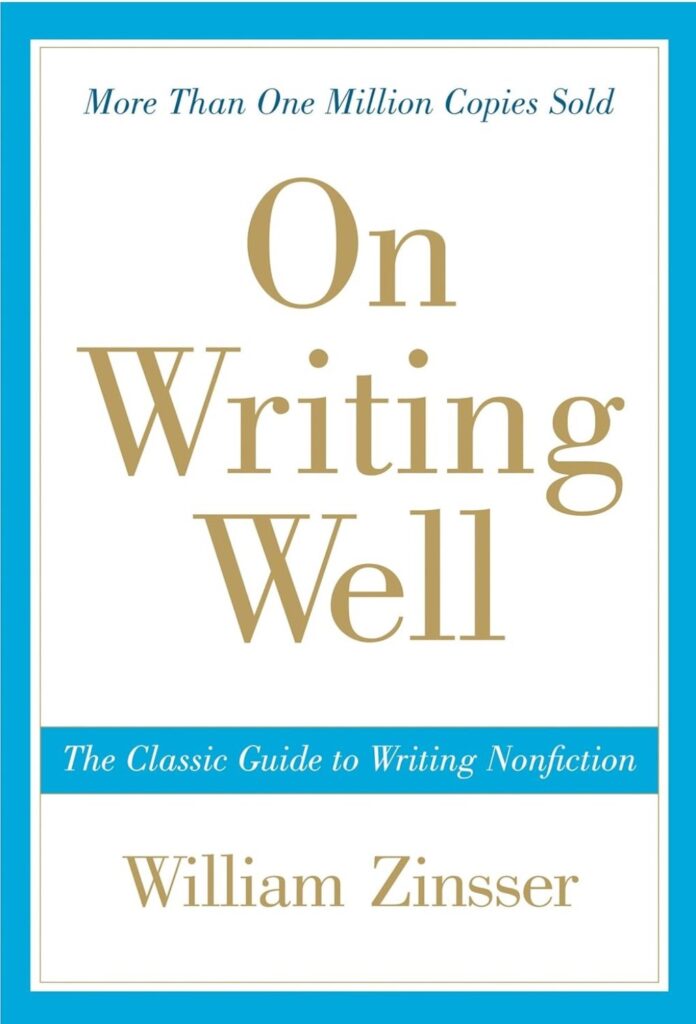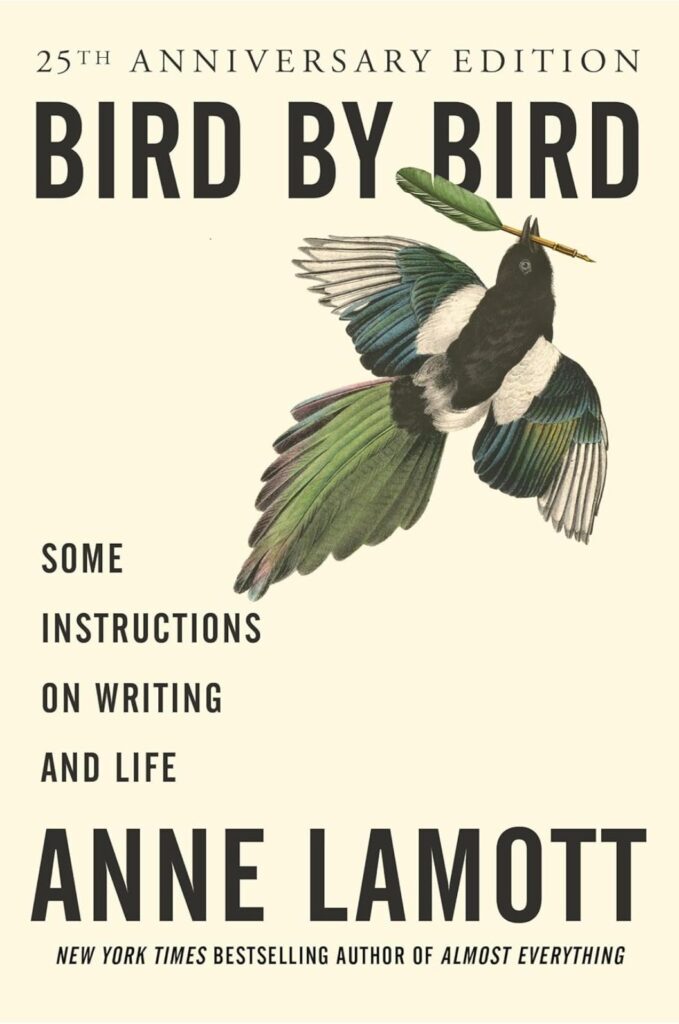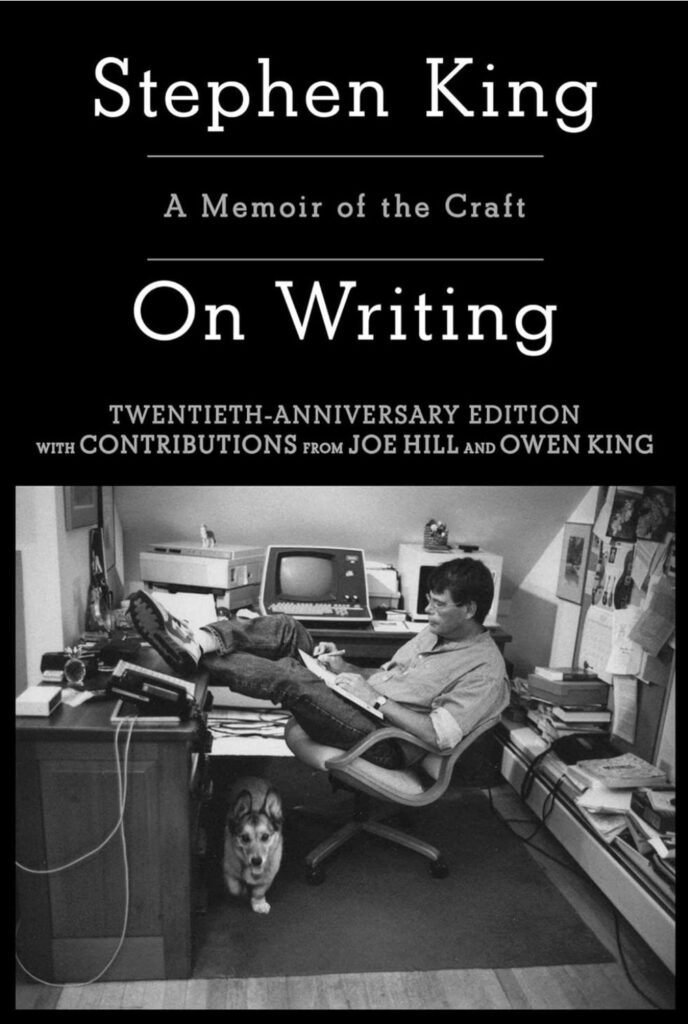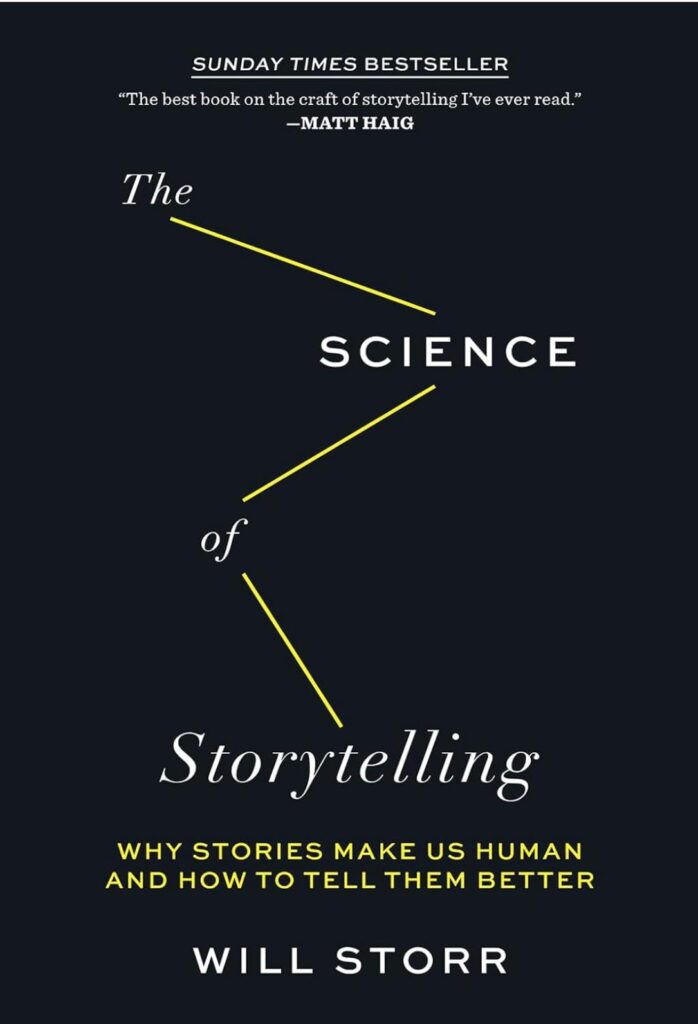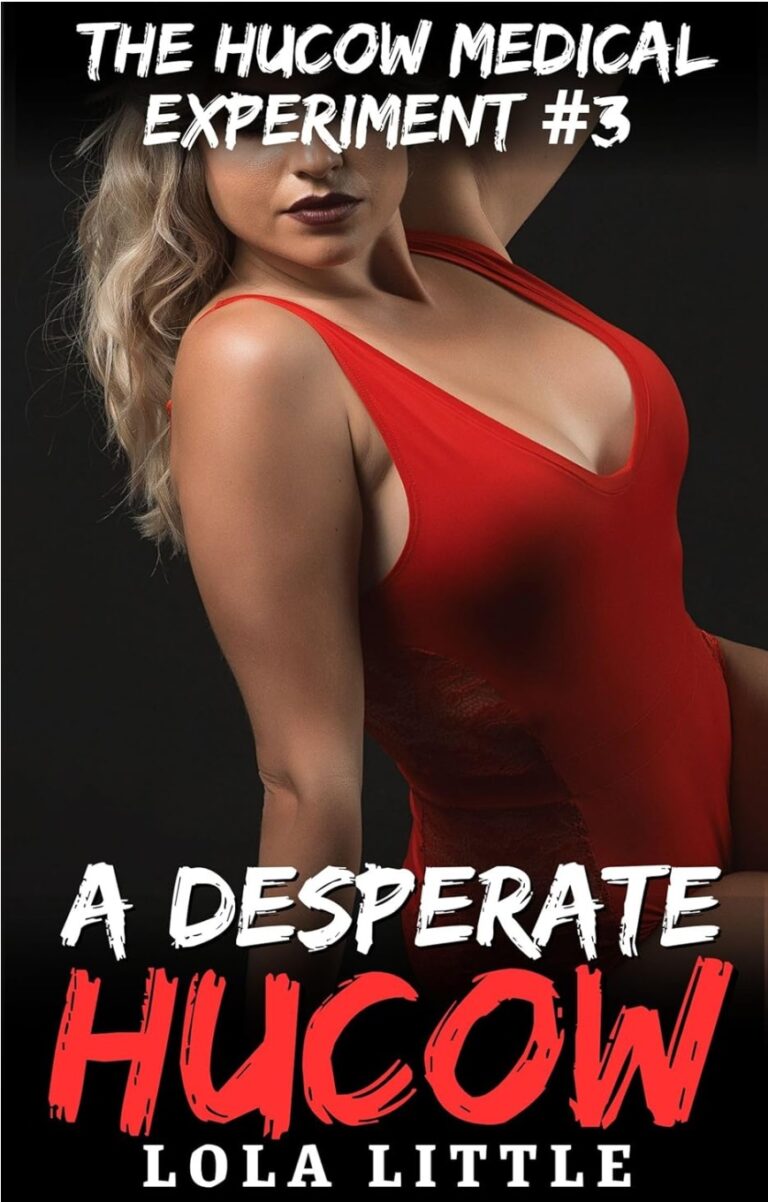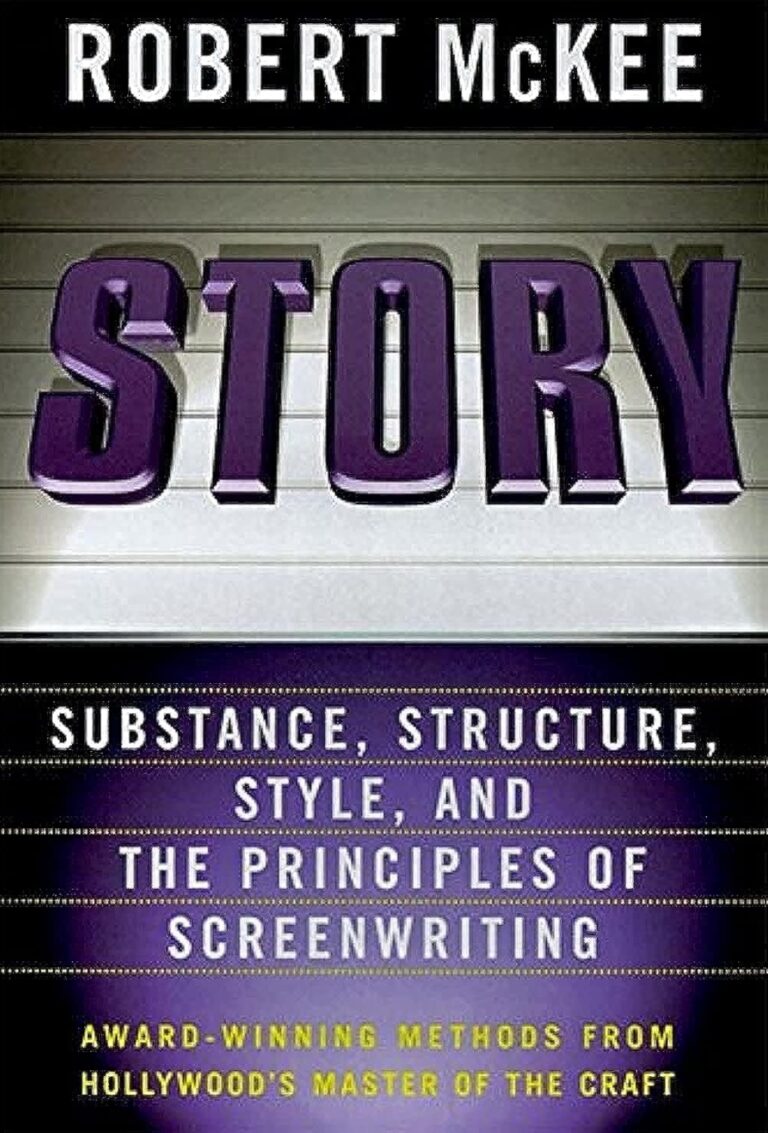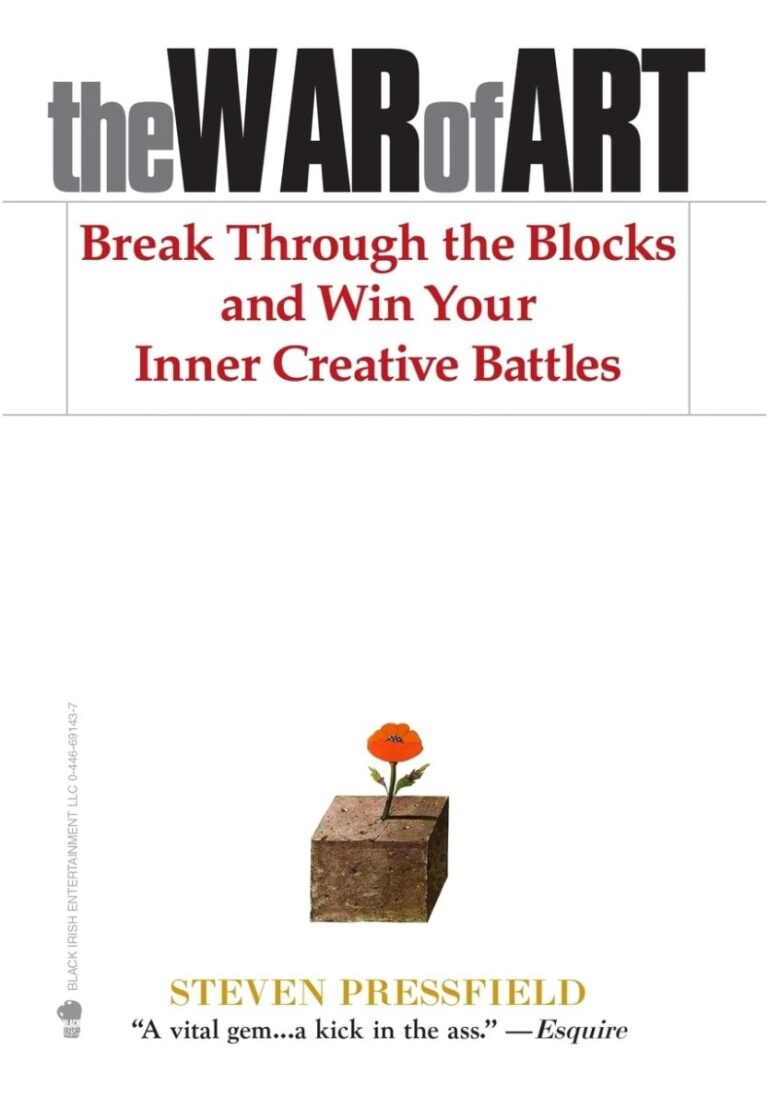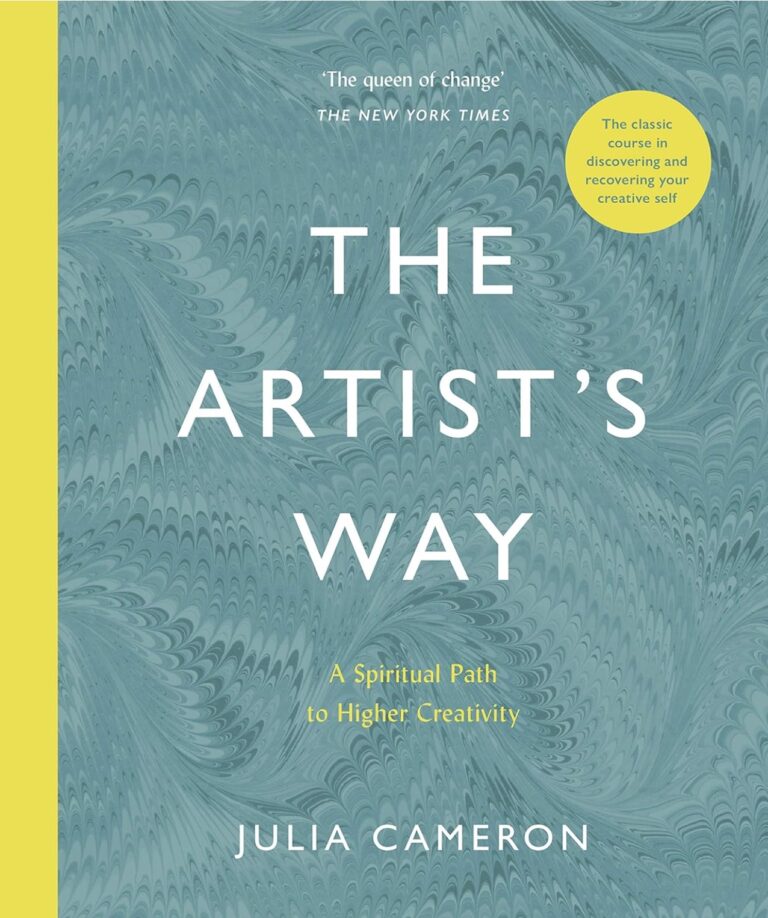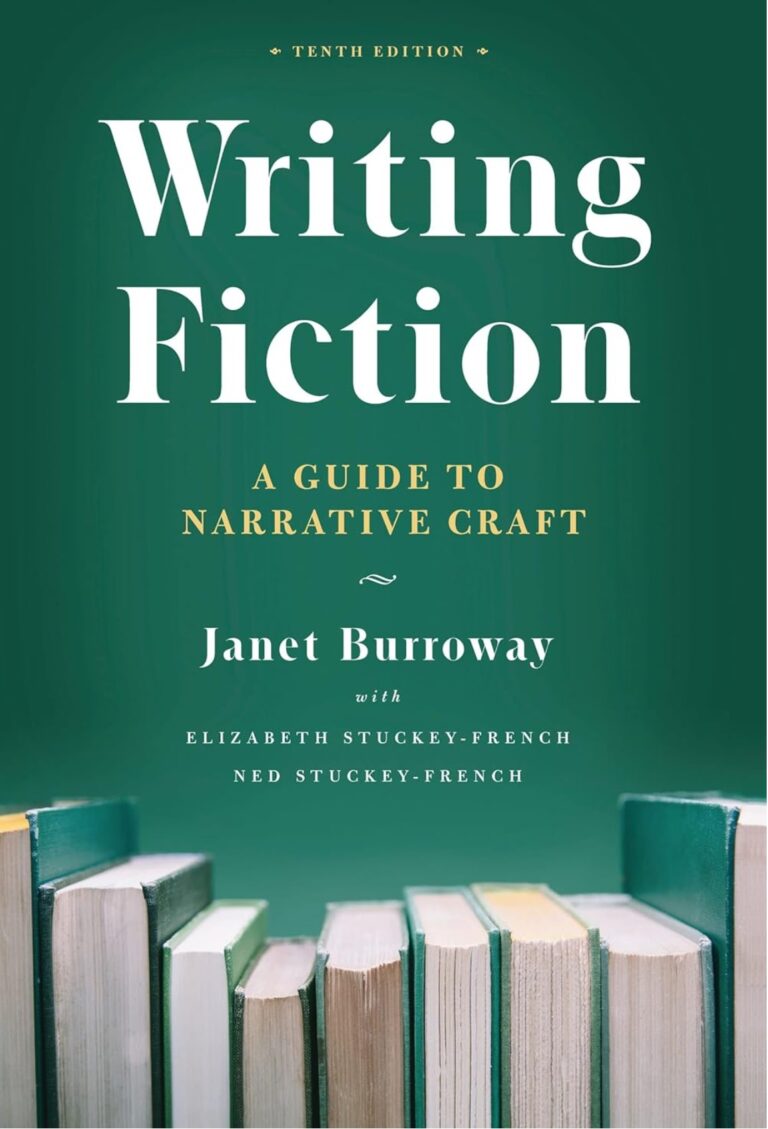Writing a Hucow romance is such a unique experience. With elements like transformation, milking, breeding, and power dynamics all playing crucial roles, you need to balance sensuality with emotional growth to create a story that resonates.
In my own journey as a Hucow author, I’ve found that plotting these romances—from the first encounter between the Alpha and Hucow all the way to their Happily Ever After (HEA)—takes careful planning.
In this post, I’ll take you through the plotting process that’s worked for me, giving you practical tips and advice that will help bring your Hucow stories to life. Along the way, I’ll share examples from my own writing to show you how these elements can work together.
Table of Contents
ToggleBuilding the First Encounter
The first encounter between your Alpha and Hucow is critical. It’s where the story kicks off, where the chemistry sparks, and where the tone of the entire romance is set. This moment should hook your readers, pulling them into the dynamic between your characters.
Establish the Power Dynamic Early
Power dynamics are central to Hucow stories, and it’s important to introduce these dynamics early on. In one of my stories, the Alpha was a strong, quiet figure observing the Hucow during their first encounter. He wasn’t openly controlling, but there was an undeniable sense of dominance. By hinting at the control he would later have, I built anticipation for their developing relationship.
Setting up this dynamic early shows the reader that this is a story about control and submission, themes that are core to the genre.
Show the Hucow’s Initial Resistance or Curiosity
Your Hucow’s reaction to the Alpha is just as important as establishing the power dynamic. Is she resistant? Curious? Completely unaware of what’s to come? In a recent story I wrote, my Hucow thought she was taking a simple job on a remote farm. But the undercurrent of curiosity she felt about the strange setting hinted at the transformation ahead, creating tension and pulling the reader deeper into the story.
Developing the Transformation
Transformation is one of the most thrilling aspects of Hucow stories. It’s a physical and emotional journey, and how you handle the transformation can define the tone of your story.
Slow or Sudden: Deciding the Pace
The pace of transformation is a huge factor in shaping the reader’s experience. In some stories I’ve written, the transformation is slow and sensual, with the Hucow noticing subtle changes over time—her breasts becoming fuller, her body more sensitive. In others, the transformation happens almost immediately, triggered by the first milking or another key event.
Think about the story you want to tell. If you want to create a sense of suspense, a slow transformation can keep readers on edge, wondering when the next change will occur. A sudden transformation, on the other hand, can create an intense, shocking moment that sets the tone for the rest of the story.
Link the Transformation to the Emotional Journey
I often like to link the physical transformation to the emotional journey of the Hucow. In one story, the protagonist initially resisted the changes her body was going through, fighting against the idea of becoming a Hucow. But as her transformation progressed, she began to accept—and eventually embrace—her new identity. This emotional shift added depth to the story, making the transformation about more than just the physical changes.
Building the Relationship: Milking and Breeding
In Hucow romance, milking and breeding scenes are not just about physical gratification—they are also opportunities to deepen the relationship between the Alpha and the Hucow. These moments of physical intimacy should advance both the plot and the emotional connection between the characters.
Use Milking Scenes for Emotional Connection
Milking scenes, while inherently erotic, can also serve as powerful emotional touchpoints in the story. In one of my books, the first milking scene was the moment when the Hucow finally allowed herself to surrender. Her body’s reaction was undeniable, and it was during this intimate act that she realized how deeply connected she was to the Alpha.
You can use milking scenes to show vulnerability, trust, and acceptance. The physical act of milking becomes a metaphor for the emotional journey the Hucow is undergoing.
Breeding as a Symbol of Transformation
Breeding scenes in Hucow stories often mark the final stage of transformation, both physically and emotionally. In a recent story, I used the breeding scene as the climactic moment where the Hucow fully embraced her role. It wasn’t just about the physical act—it was about her submission to the Alpha, her acceptance of her new life, and the deep bond that had formed between them.
When writing these scenes, think about how they can symbolize the completion of the Hucow’s journey. It’s not just about breeding for breeding’s sake—it’s about what the act represents in the context of your characters’ relationship.
Adding Conflict and Tension
No romance is complete without a little conflict, and in Hucow stories, conflict can come from both internal and external sources. Whether it’s the Hucow struggling to accept her transformation or an outside force threatening the bond between her and the Alpha, tension keeps readers hooked.
Internal Conflict: The Hucow’s Struggle
In one story I wrote, the Hucow struggled with the idea of losing her independence as she transformed into her new role. This internal conflict created emotional tension and made the eventual surrender all the more satisfying. Readers want to see your characters grow and change, so don’t be afraid to put your Hucow through an emotional journey as well as a physical one.
External Conflict: Threats to the Relationship
External conflict can come in many forms, from another character trying to come between the Alpha and Hucow, to the Hucow’s initial resistance to her new life. In one of my stories, the farm itself became a source of conflict, with its strange rules and the presence of other Hucows adding tension to the relationship.
Creating an obstacle for the Alpha and Hucow to overcome together strengthens their bond and makes the eventual HEA feel earned.
Crafting the Happily Ever After
The HEA in a Hucow romance is just as important as in any other love story. After all the transformation, conflict, and emotional growth, your readers are craving a satisfying conclusion that ties everything together.
Show the Hucow’s Full Acceptance
The best Hucow HEAs are the ones where the Hucow has fully accepted her new role and identity. In one of my stories, the Hucow’s final milking scene symbolized her complete submission and trust in the Alpha. She wasn’t just physically transformed—she was emotionally ready to embrace her new life.
Your HEA should feel like the culmination of both the physical and emotional journey your characters have been on.
End with a Strong Emotional Connection
While the transformation and breeding scenes are important, don’t forget to end with a strong emotional connection between your characters. Readers want to feel that the Alpha and Hucow are truly bonded, not just by power dynamics but by love and trust. In one of my HEAs, I ended with a quiet, intimate moment between the Alpha and Hucow, where they expressed their love for one another beyond the physical.
Conclusion
Plotting a Hucow romance from the first encounter to the HEA requires careful attention to both the sensual and emotional aspects of the story. By balancing transformation, power dynamics, milking and breeding scenes, and the emotional journey of your characters, you can create a story that resonates with readers and keeps them coming back for more.
References
Please access some of the references below for more information on this topic.
- Hucow Writing Hub – A resource for Hucow writers, offering advice on plotting and character development.
- Transformation Themes in Romance – An exploration of how physical and emotional transformation shapes romance stories.
- Building Emotional Connections in Fiction – A guide to deepening emotional bonds between characters in romance fiction.
- Power Dynamics in Romance Writing – Tips on effectively using power dynamics in Hucow and other romance genres.
- Writing Milking and Breeding Scenes – A resource for writing sensual and emotional milking and breeding scenes in Hucow stories.
- Happily Ever After in Romance – A guide to crafting satisfying HEA endings in romance fiction.
- Conflict and Tension in Romance – Techniques for adding conflict and tension to romance plots, including Hucow stories.
- Character Transformation in Romance – A guide on writing character transformations, focusing on both physical and emotional changes.






